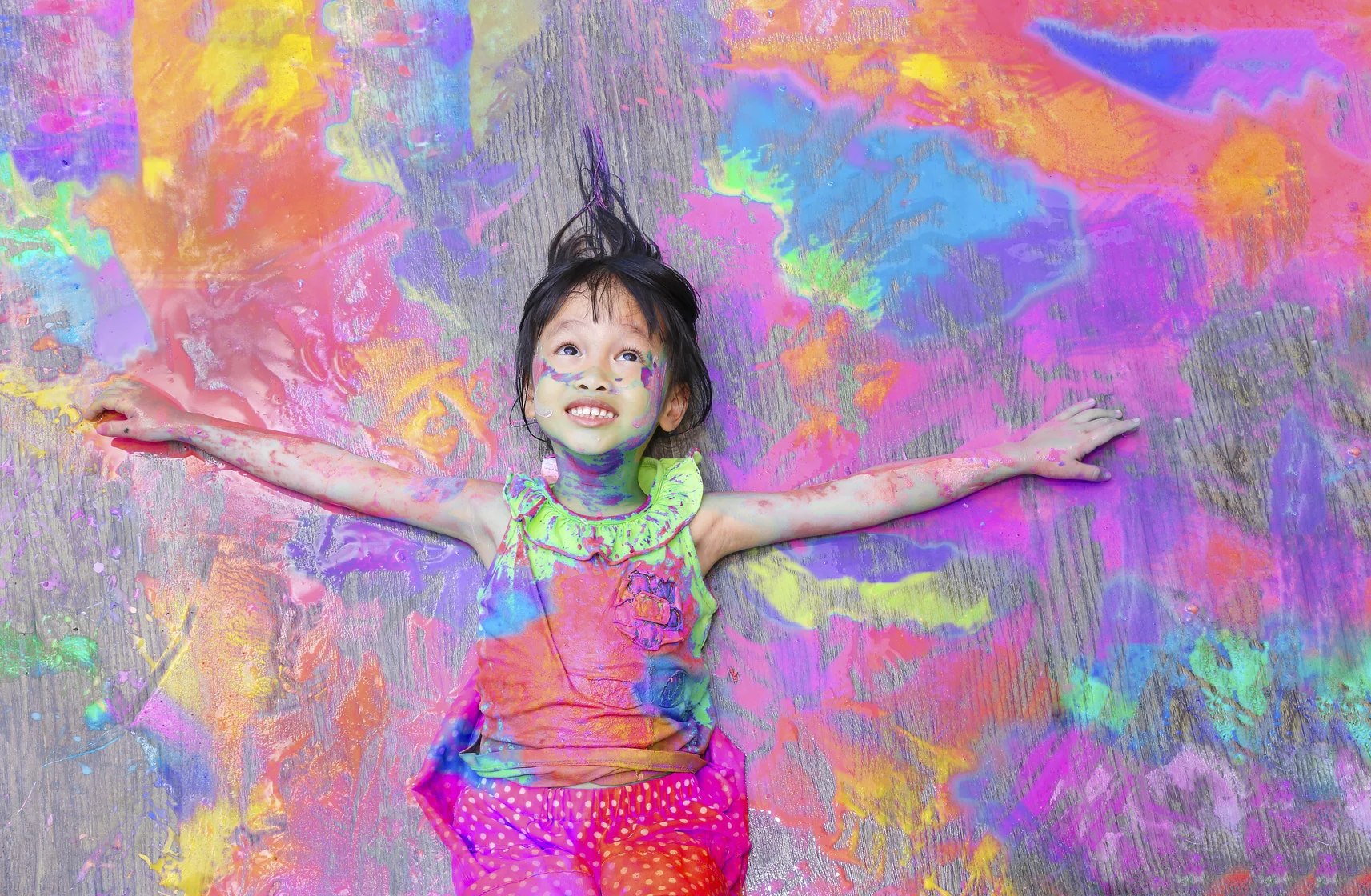
The Effects of Color Therapy on Your Mood and Well-Being
Color therapy (chromotherapy) is an alternative therapy that utilizes color to address physical and mental health conditions, including anxiety, stress, insomnia and lack of energy. Common ailments it can treat include anxiety, stress, insomnia and decreased energy.
Color therapists employ specific colors to produce specific effects in their clients. Green often promotes relaxation and balance while yellows stimulate and invigorate.
1. Reduces stress
Color therapy has been shown to assist those suffering from anxiety and stress by lowering their heart rate, blood pressure and body temperature. Furthermore, color therapy may promote restful sleep, reduce fatigue and lessen aches and pains.
Blue, green and yellow colors may help ease anxiety by soothing their minds and helping people to feel at peace with themselves. Furthermore, these hues could increase appetite if there’s been any decreased hunger sensations.
Color therapy may not yet have scientific proof for all diseases or disorders it claims to treat; however, anecdotal evidence is quite promising. Still, color therapy should never replace traditional medical therapies or care as such.
2. Reduces anxiety
Color therapy stands out from other therapies by being gentle and noninvasive; in fact, it may even help relieve some stress by improving mood and the health of your Neuroaffect Circuit.
Include colors into your daily life by wearing clothing with colorful patterns or using images depicting certain hues. Ayurveda medicine from India acknowledges the relationship between different hues and specific parts of your body that correspond with them.
Yellow has long been recognized for its ability to motivate action and energize people, often found in office settings or sports team uniforms. Orange can help reduce feelings of anxiety while increasing energy.
3. Increases energy
Color therapy (chromatherapy) has long been seen to boost serotonin levels and decrease anxiety, among many other benefits. Many believe that using colors strategically throughout the home, office and clothing can have positive results on moods.
Hue, saturation and brightness all affect how people respond to colors; try out various hues until you find one that resonates best for you. Warm hues like reds and oranges may increase energy while cooler blues and greens may serve to both calm and stimulate.
Holistic practitioners employ various holistic techniques to promote health and well-being, such as visualization, crystals and color therapy. While these practices haven’t been scientifically proven as treatments for mental health issues, they may prove useful as complementary tools alongside more conventional therapies. Consult a trained practitioner for guidance in order to learn how this technique could benefit you personally.
4. Reduces anger
Color therapy may help ease feelings of anger by encouraging a more mindful and balanced state. According to self-described color therapist and artist Walaa, colors may also help release emotions that have become trapped or traumatized within people – allowing people to access “those deep places in their souls where they have been blocked.”
Red, orange, yellow, green, blue, indigo and violet are colors which have been proven to promote healing, while coloring can also be relaxing and even therapeutic. People often find coloring meditative. Coloring may also help people who may find more creative forms of expression such as free-form painting difficult as it provides a safe structure with predetermined patterns to follow.
Color therapy (chromotherapy) can be implemented into daily life in numerous ways, from wearing certain colored clothing and bulbs, to meditation with specific color imagery or healing sessions using specific hues. Before engaging in any form of color therapy, always consult your healthcare provider first.
5. Increases creativity
Although color therapy doesn’t have scientific backing to support its benefits for medical ailments, some people claim it works. However, color therapy should never replace traditional therapies or medications as treatments for any condition.
Color therapy (chromotherapy) entails using colored light or choosing certain hues as accessories to wear or decorate with. Its basis lies in the belief that each visible hue possesses its own frequency which has an influence over our bodies.
For example, the Throat Chakra is symbolized by blue and can influence metabolism and thyroid function. Meanwhile, Indigo represents our Third Eye Chakra that influences sleep cycles, self-esteem, creativity, intuition and intuition while Violet represents our Crown Chakra which promotes spirituality.



